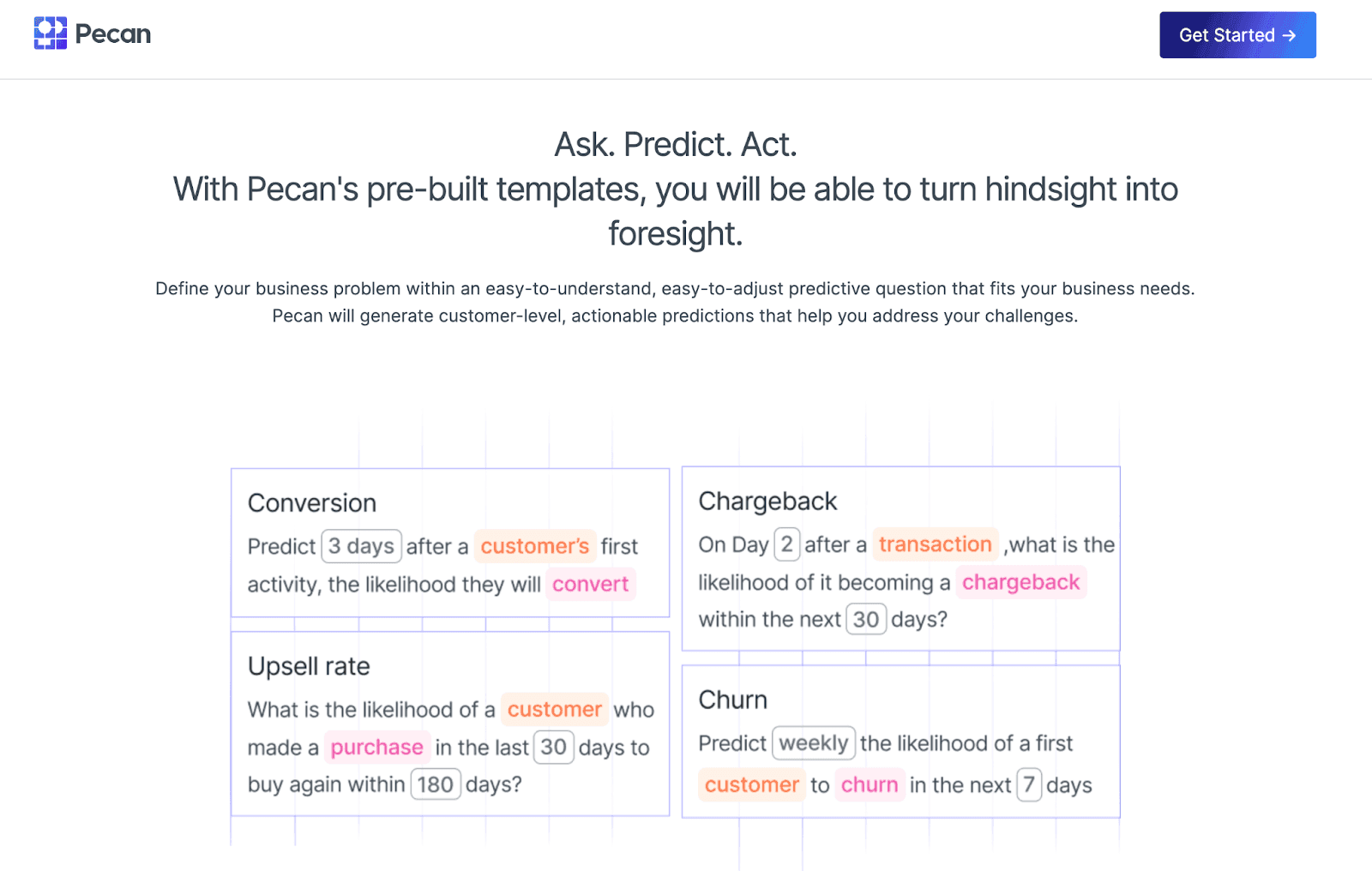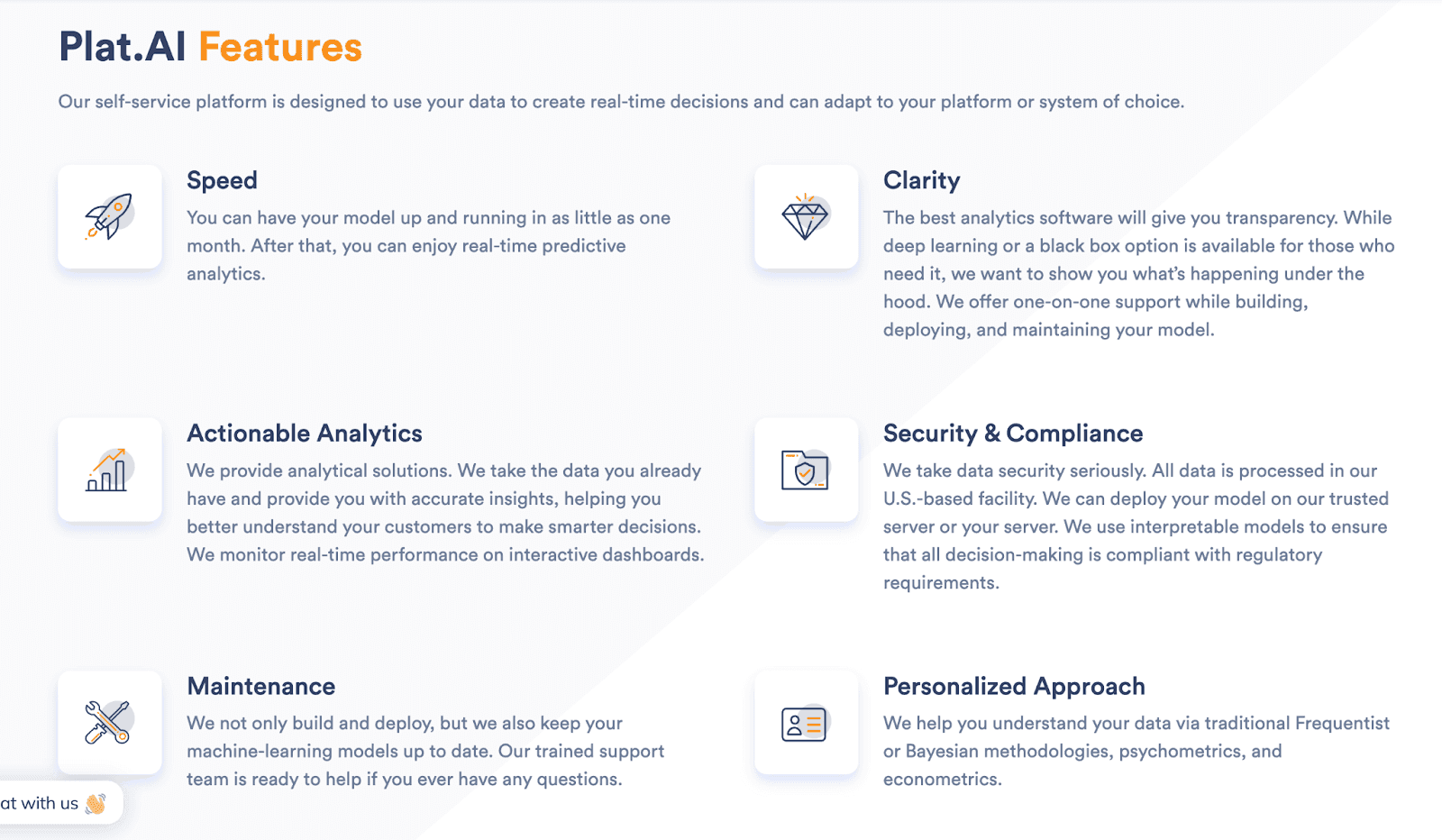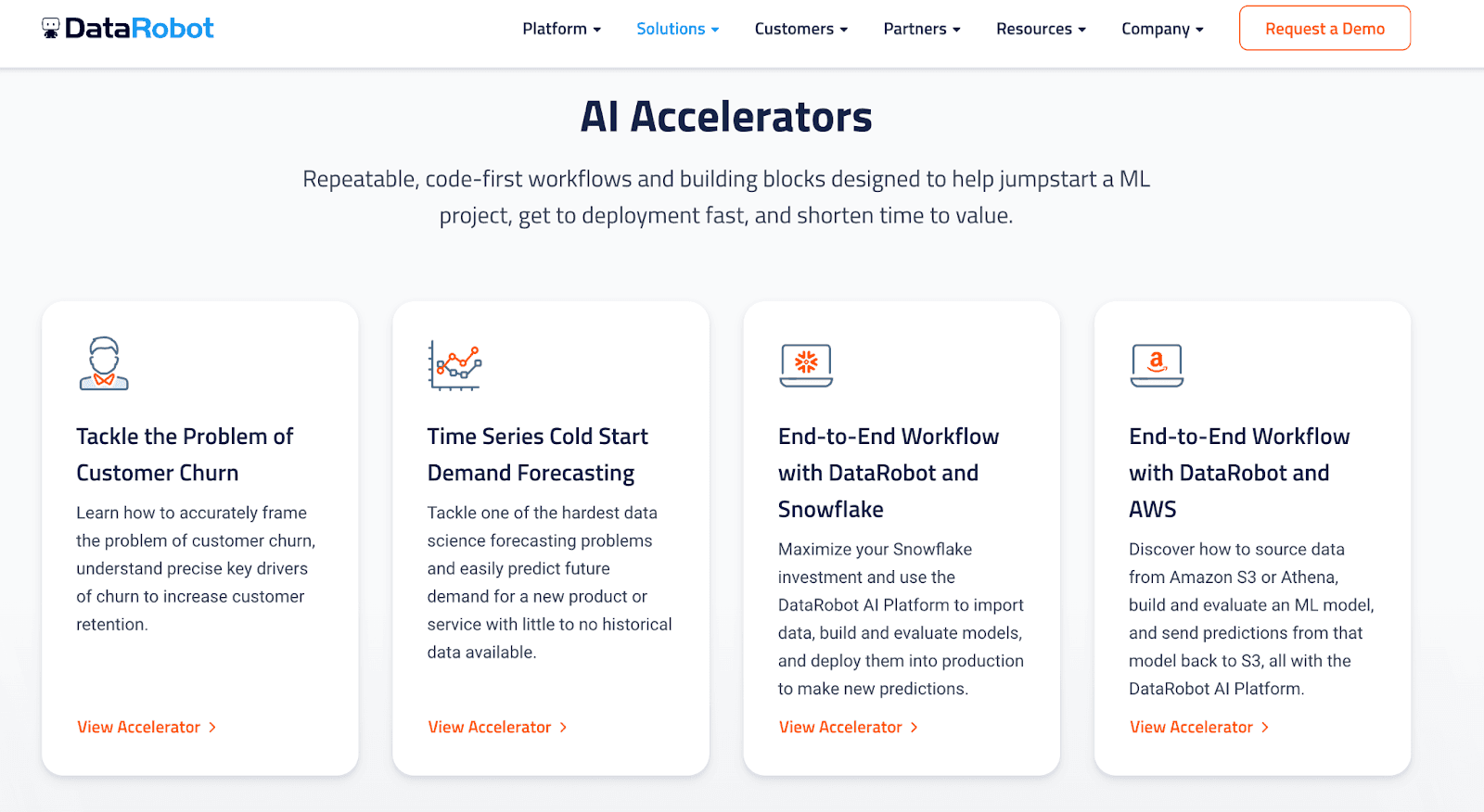How AI Predictive Analysis Is The Crystal Ball of Marketing
In our data-driven world, the lines between science fiction and reality are blurring All thanks to the magic of Artificial Intelligence. Say hello to AI predictive analysis, your new best friend for making smarter data decisions, optimizing your marketing and staying one step ahead of the game. Let’s learn why you should use AI predictive analysis in marketing, and how it can streamline your work.
Understanding AI Predictive Analysis
AI Predictive Analysis
The use of artificial intelligence to forecast future events based on historical data and patterns.
How AI Predictive Analysis Works
Imagine a super-smart crystal ball that looks past data and patterns to make predictions about the future. That’s how AI predictive analytics work. They analyze your patterns while you write content, and they help businesses make smarter decisions to be more prepared.
On the more technical side, AI predictive analysis gathers information from databases, APIs, web scraping, sensors, or IoT devices to finish your sentences for you.
Key Components And Techniques Involved In AI Predictive Analysis
AI predictive analytics involves a comprehensive process that includes:
- Data collection and preparation
- Feature engineering
- Data exploration
- Model selection
- Training
- Evaluation
- Deployment
- Continuous monitoring
- Feedback loop to refine models
- Interpretability
- Security
- Compliance
- Scalability
Although you’ll get fast, accurate results when using AI predictive analysis, there’s a lot that goes on behind the scenes to make sure you stay successful in your marketing work.
Benefits Of AI Predictive Analysis For Marketers
Marketers are busy people, always trying to stay ahead of the curve and find new innovative ways to keep our audiences engaged. With AI predictive analytics, we can get more done in less time, while ensuring the quality stays the same.
Improves Decision-Making
AI predictive analytics empowers marketers with data-driven insights to help make informed decisions, personalize marketing efforts, and improve overall campaign effectiveness. This leads to more efficient resource allocation, better customer engagement, and increased return on investment.
Enhances Customer Segmentation
AI predictive analytics enhances customer segmentation in marketing by making it more precise and dynamic. Here’s how it works:
- Micro-Segmentation: AI can identify smaller, more specific customer segments that traditional methods might have overlooked. This allows for more personalized and targeted marketing strategies.
- Behavioral Segmentation: AI can analyze customer behavior, such as browser history, purchase patterns, and engagement with marketing materials. This helps create segments based on actual actions rather than assumed characteristics.
- Predictive Segmentation: AI can predict future customer behavior, such as the likelihood of purchasing or churning. Marketers can use this to segment customers by their future value.
- Dynamic Segmentation: AI allows for real-time updates of customer segments. As customer behavior changes, segments can adjust accordingly, ensuring that marketing efforts remain relevant.
Personalizes Marketing Campaigns
AI predictive analytics takes customer data and up-to-the-minute insights to craft personalized marketing campaigns. This results in more engagement with your campaign and ultimately leads to more revenue.
Optimizes Marketing Budgets
AI predictive analytics optimizes marketing budgets by providing data-driven insights, forecasting outcomes, and dynamically reallocating resources. This results in more efficient use of marketing funds, improved ROI, and the ability to adapt to changing market conditions and customer behavior.
How To Start Implementing AI Predictive Analysis In Marketing
Now that you know more about AI predictive analytics, you can start putting them to work on your marketing projects and workflows.
Integrate Predictive Models Into Marketing Campaigns
You can start using AI predictive analytics in your marketing campaigns by:
- Defining goals to determine specific objectives
- Collecting clean, relevant data
- Selecting the right predictive model
- Training the model and assess its accuracy
- Optimizing data and attributes
- Continuously updating data for real-time campaigns
- Personalizing, segmenting, and tailoring campaigns using predictions
Use Real-Time Models Vs Batch Processing
Real-time models analyze data as it comes in, giving you immediate feedback. On the other hand, batch processing saves data over time and processes it in chunks at regular intervals.
Marketers can use AI algorithms to analyze a large customer database and segment the customers into various groups based on their behavior, preferences, and demographics.
Improve Your Data and Stay Accurate
AI predictive analysis gets better and more accurate as you gather more data and tech evolves. Checking your data readiness is key to successful predictive analysis. AI tools can create data profiles by looking at your marketing data’s statistical characteristics. AI can also spot and highlight incomplete or erroneous data entries, helping you clean and boost your data quality.
AI Predictive Tools and Platforms
Let’s go over some AI predictive analysis tools you can use to get your work done faster, and more efficiently.
Pecan
Pecan is a predictive analytics software that easily connects to any data source with no preparation needed. Pecan empowers data analysts with basic SQL knowledge to easily create powerful machine learning predictive models in just a matter of hours.
Pecan is designed to bridge the gap between data analytics and machine learning, making it accessible to anyone with basic SQL knowledge. Simply define your business problem with an easy-to-understand predictive question that fits your business needs.
Plat.ai
Plat.AI is a decision-making engine that offers buildable and maintainable AI for any platform or system, no matter your experience level. With Plat.AI, you have easy access to:
- Fully operational AI with no coding necessary
- Automated model building and deployment
- Data preprocessing and analysis tools
- Custom modeling solutions
Simply define your objective, upload and process your data, select a target and generate the model, and deploy the model in one click. It’s that easy!
DataRobot
DataRobot is a platform that has a predictive and generative AI lifecycle that integrates with your own data platforms, AI services, and more. Built-in data connectors and broad integrations make it easy to connect your AI processes with your data and infrastructure and align with your policies.
Future Trends In AI Predictive Analysis For Marketers
AI is changing the way marketers work, get ideas, and approach reaching their target audience. As time goes on, AI will keep growing and evolving, so it’s important to stay ahead of the curve and learn how to adapt to technological advancements.
Advances In AI And Machine Learning
As technology grows, since it is on track to keep evolving and shape how our world operates, AI will grow with it. Over time, we’ll depend on AI to do the simple, but taxing tasks that take too much time. Some examples of how AI and machine learning can grow are:
- AI in Education: More sophisticated adaptive learning systems and AI tutors
- AI in Healthcare: More accurate diagnostic models, improved drug design, and AI-driven telemedicine solutions.
- AI in Cybersecurity: More advanced threat detection, proactive cybersecurity measures, and AI-driven security incident response.
- AI in Climate and Sustainability: More effective solutions for mitigating climate change.
AI In Marketing Automation
AI predictive analysis in marketing automation empowers marketers to make smarter, data-driven decisions, and automate personalized marketing campaigns. It can enhance customer engagement while optimizing resource allocation and budget management. AI predictive analysis can streamline the marketing process, which will help you be efficient and effective.
Predictive Analysis in Emerging Marketing Channels
In the future, advances in predictive analytics will help businesses stay competitive and adapt to changing consumer behaviors and emerging marketing channels. However, it’s essential to balance the adoption of new technologies with ethical considerations and respect for data privacy to maintain customer trust.




